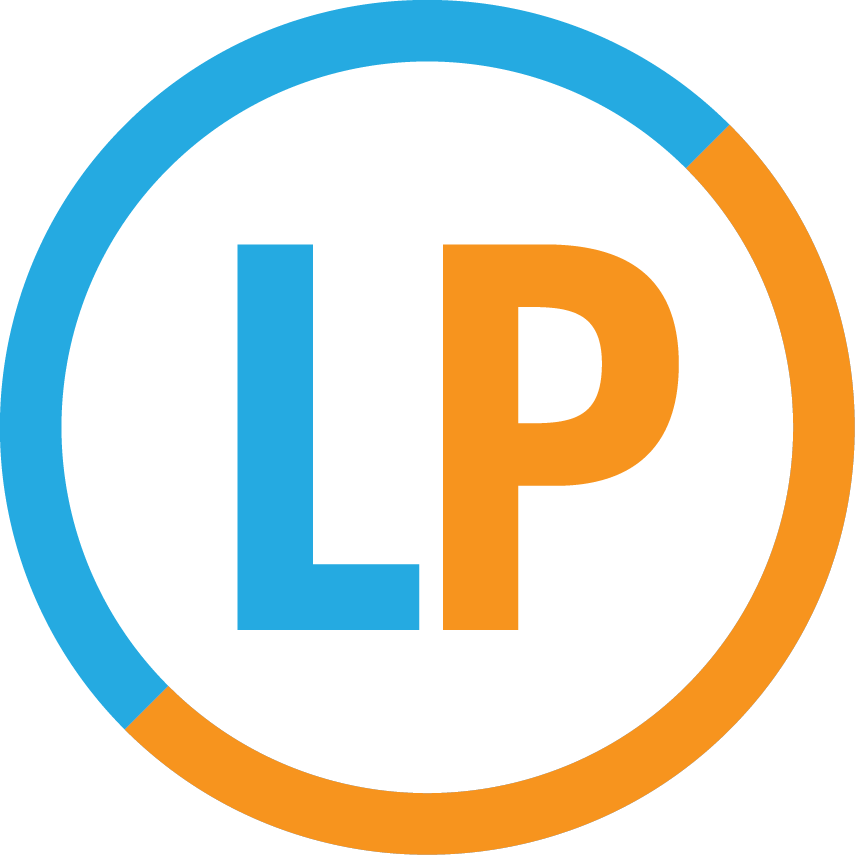With 2022 coming to a close, it is important to look toward what lies ahead. For international students, this includes a redesigned digital version of the SAT, which will be administered for the first time on March 11. (In the United States, this update goes into effect in 2024.) Now is a perfect opportunity to discuss what’s changing and what’s staying the same – and what it all means for you as a test-taker.
What about the test is staying the same?
The College Board refers to this new version as a “refined evolution” rather than a replacement of the current test, and there will in fact be a good deal of continuity. Here’s what will stay the same:
The scoring scale: The familiar 200-800 scale remains for each section, with the total score ranging from 400-1600.
The number of sections: Both the verbal and the math sections will remain broken into two, meaning the test still has four sections total.
Much of the content: The test will continue to feature about 25% fill-in-the-blank questions for the math section, and the verbal section will still feature both reading comprehension and grammar.
The testing locations: The SAT will still be administered by proctors at schools and official testing centers, though the proctors will no longer directly control the timing of the sections.
Most importantly, for students who have already been preparing and taking practice tests for the current version, all of the topics tested in math and grammar will carry over to the new digital SAT. All the hard work you’ve put in learning punctuation rules or studying linear functions will still pay off on test day.
What about the test is changing?
Timing
The College Board has tried to highlight its desire to make the testing experience easier for students, and the biggest step in this direction is shortening the test.
The New Math Sections
The two math sections will each give students 35 minutes to complete 22 questions. You’ll now be permitted to use your calculator on both sections.
The biggest change is that the second math section will be adaptive, meaning that the difficulty of the questions in this section will depend on your performance in the first section. The word problems will be a bit shorter on average and the test will shift some of its emphasis from charts and graphs to geometry and trigonometry, but the content itself should be very familiar to anyone who has been preparing the paper-based test.
The New Verbal Sections
The new verbal sections will feel a bit foreign to people who are practicing on the paper-based test. Each section will give students 32 minutes to complete 27 questions.
The new test will no longer feature long passages in either reading or grammar, instead providing you with a unique short piece of text for each question. The SAT has done away with the dreaded history-based reading comprehension passage, and it will no longer test common misspellings of words. However, there are a couple new question types to tackle, such as synthesizing a series of bullet points into an effective sentence.
So what does this all mean for you?
First and foremost, for international students who haven’t begun test prep yet, we recommend preparing for the ACT rather than the SAT.
We are working quickly to adapt our test prep program in response to these changes (developing a digital SAT simulation and tailoring testing timelines around the upcoming transitions), but the fact remains that international students are about to become guinea pigs for the new SAT.
The transition to digital is not likely to be as seamless as the College Board hopes. When the ACT transitioned to digital for international students in 2018, it maintained the traditional format of the test and still ran into numerous problems with administering the exam.
Even if the testing centers all operate according to plan, the College Board has admitted that they have not yet had enough time to run concordance or validity studies, meaning that the format and content of the exam could still be prone to change. If this happens, it will make preparing for the test (and evaluating the validity of your scores) very complicated.
US-based students will benefit from what we learn during the international rollout this year, which will enable us to even better advise students when the US rollout begins in 2024.
Do you plan to take the digital SAT? Take these action steps:
Familiarize yourself with the College Board’s Bluebook software and utilize the full-length practice tests found here.
Explore the additional practice materials offered through the College Board’s partnership with Khan Academy, here.
If you exhaust the resources offered by the College Board, use current practice materials. The grammar and math from the current SAT are still great practice for the new test.
Though there is still a good deal of uncertainty surrounding the digital SAT, students taking the March exam should be sure to check out the full practice exams to get a feel for the test.
For a final overview of the changes to the test, check out the table below, and good luck studying!



